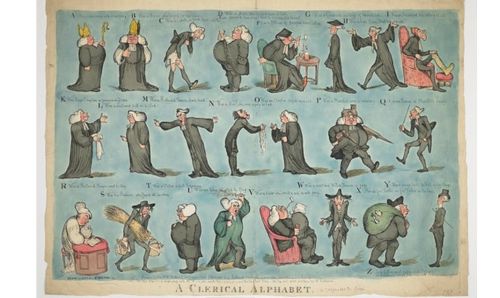The Professional, Religious and Masculine Identities of Anglican Clergymen, c.1660-1800
Benjamin is researching the professional, social, and masculine identities of Anglican clergymen 1660–1800 in Britain, Europe, and the British Empire.

Benjamin is researching the professional, social, and masculine identities of Anglican clergymen 1660–1800 in Britain, Europe, and the British Empire. This research will provide the basis of his next book The Georgian Clergyman: At Home, In the Parish, and Abroad. The project examines the life-writing of Anglican clergymen, the largest and most socially and economically diverse professional group in eighteenth-century England, from the Restoration in 1660 to the Evangelical Revival of the early nineteenth century. He charts how the clergy responded to, and experienced, the professionalisation of their vocation, established their clerical households, contributed to local government and education, embodied virtues of Christian masculinity in their parishes, and embraced the itineracy of their profession both domestically and internationally.
While doing so, he examines not only these social and economic patterns but also the lived experiences of individual clergymen and asks how clergymen negotiated conflicting demands of their gender, profession, and denomination, within their homes and communities and on their travels. He hopes to provide a new account of how a significant eighteenth-century masculine group saw themselves and what determined their experiences.
Current projects
Our research work is improving our understanding of people, cultures and societies around the world.
Read more
Past projects
An overview of completed projects from the John Rylands Research Institute and Library dating from 2017.
Read more
